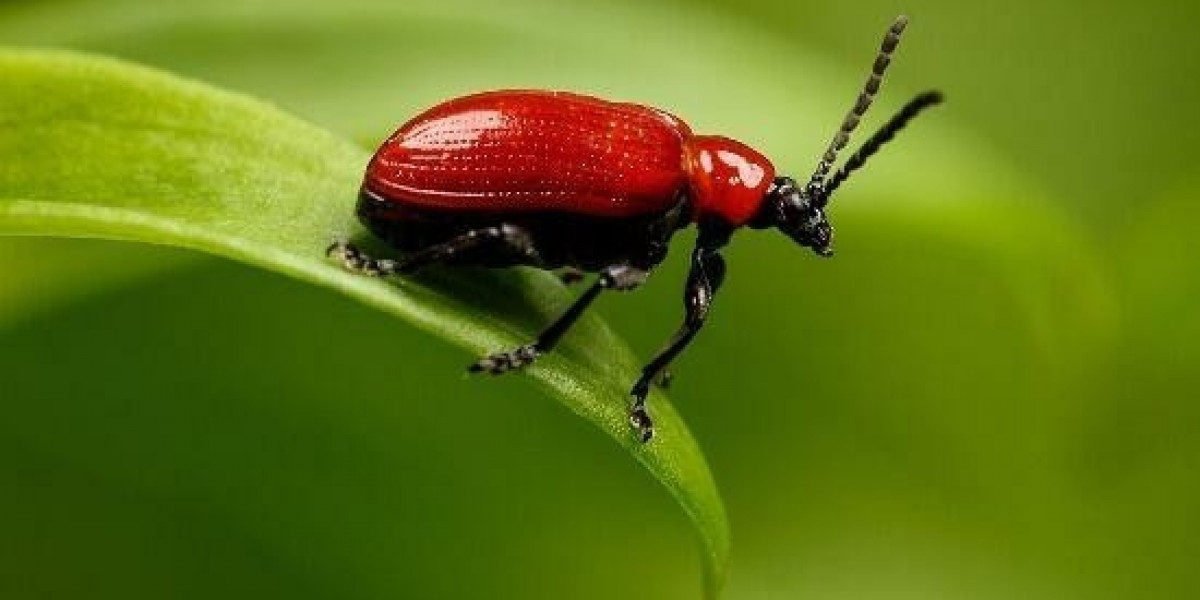Bamboo Clothing in 2025: The Rise of Nature-Inspired Fashion
As the fashion industry undergoes a sustainability revolution, bamboo clothing is emerging as a serious contender in eco-conscious wardrobes around the world. Once seen as a niche textile, bamboo fabric has gone mainstream in 2025 thanks to consumer demand for natural fibers, low-impact production, and comfortable, breathable apparel.
What Is Bamboo Clothing?
Bamboo clothing is made from fibers derived from the bamboo plant, typically through one of two processes:
- Mechanical (bamboo linen): Involves crushing the plant and using enzymes to break it down, then spinning it into yarn. This is the most eco-friendly method but more labor-intensive.
- Chemical (viscose or rayon): Uses solvents to dissolve bamboo pulp, which is then spun into fibers. This process is more scalable but can raise environmental concerns unless tightly controlled.
In both forms, bamboo fabric is known for being:
- Soft and silky to the touch
- Naturally antibacterial
- Highly breathable and moisture-wicking
- UV-resistant and hypoallergenic
2025 Trends in Bamboo Apparel
1. Sustainable Processing
With growing scrutiny on chemical-based bamboo viscose, manufacturers are investing in closed-loop systems that recycle solvents and reduce emissions. Certifications like OEKO-TEX® and FSC® (Forest Stewardship Council) are now standard for reputable brands.
2. Athleisure and Innerwear Domination
Bamboo is making major strides in activewear, loungewear, socks, and underwear—thanks to its odor-resistant, stretch-friendly, and thermoregulating properties.
3. Blended Fabrics
Brands are combining bamboo with organic cotton, spandex, or hemp to improve durability and create new textures while keeping the fabric eco-friendly and breathable.
4. Plant-to-Product Traceability
Consumers now demand transparency. QR codes on tags allow shoppers to trace garments back to their bamboo source, verifying ethical farming and low-impact production.
5. Luxury and High-Fashion Expansion
Once limited to basics, bamboo fabric is now entering luxury markets with bamboo silk blends and tailored pieces being featured in high-end sustainable fashion lines.
Benefits of Bamboo Clothing
Feature | Benefit |
Natural antibacterial | Reduces odor, great for daily wear |
Biodegradable | Returns to earth without harmful residue |
Soft and hypoallergenic | Suitable for sensitive skin |
Breathable and cooling | Ideal for warm climates and workouts |
Fast-growing source | Grows without pesticides or fertilizers |
Challenges in 2025
- Chemical-intensive processes used in bamboo viscose still face criticism despite improved controls.
- Higher production costs than synthetic alternatives, though this is narrowing with scale.
- Lack of regulation in some markets can lead to misleading eco-labels—consumers must vet sources carefully.
Market Outlook
The bamboo clothing market is projected to reach new heights by 2030, with growth driven by:
- A global pivot toward eco-luxury fashion
- Expansion of bamboo-based baby wear and maternity lines
- Innovations in textile circularity and biodegradable apparel
Asia-Pacific continues to dominate production, while Europe and North America are the largest consumer markets.
Conclusion
Bamboo clothing has come a long way from being a novelty to a mainstream sustainable textile option. As technology improves and supply chains get greener, bamboo garments offer the perfect balance of comfort, performance, and planet-friendly fashion.








